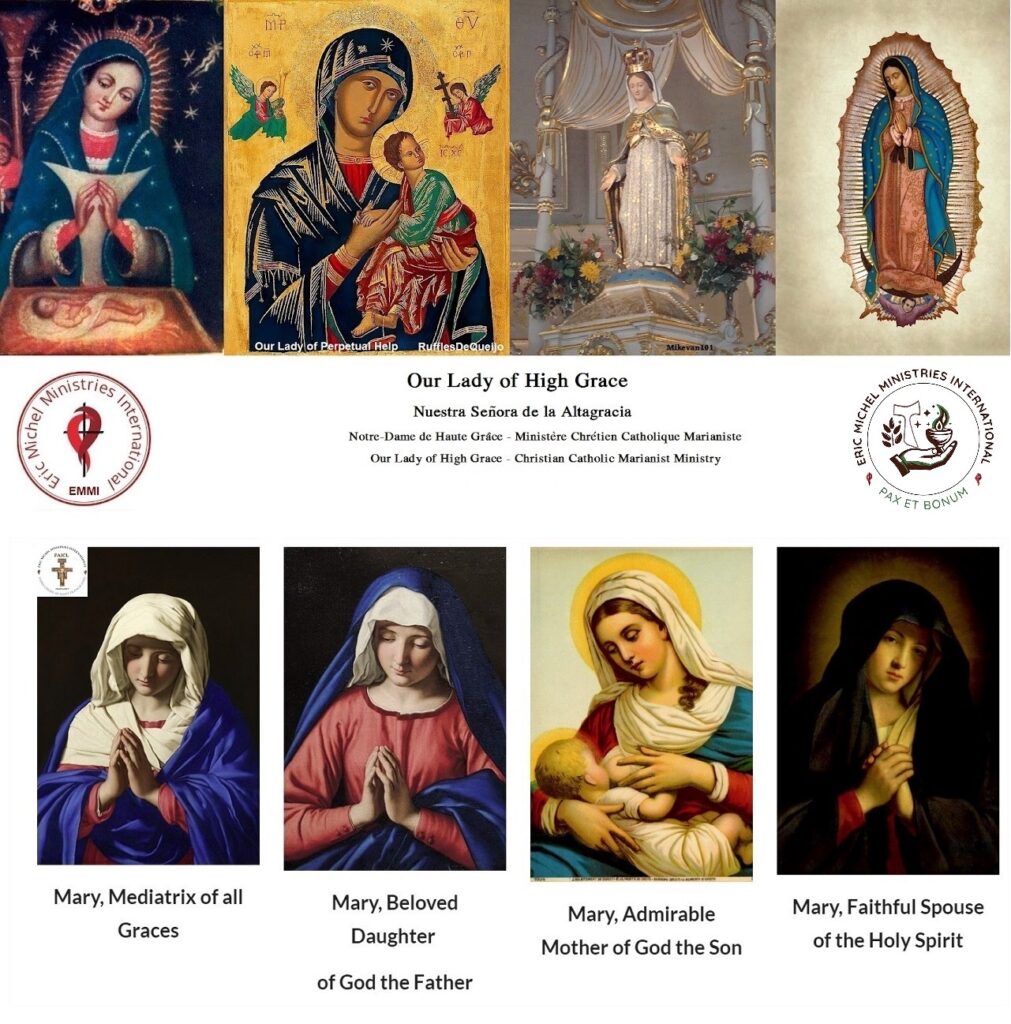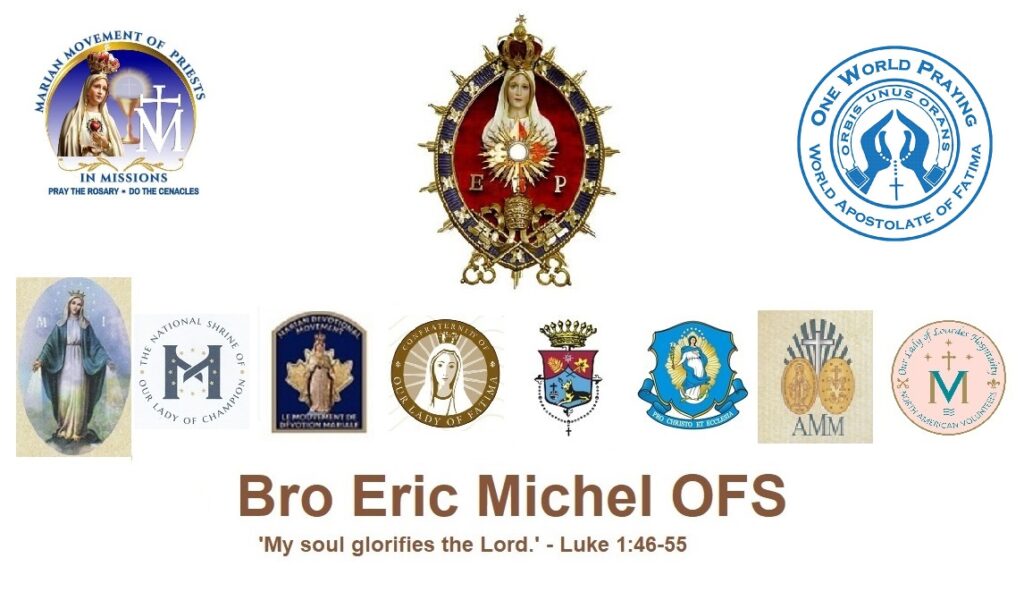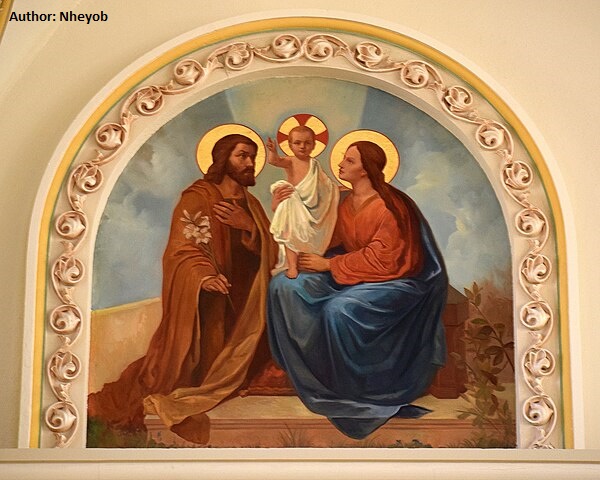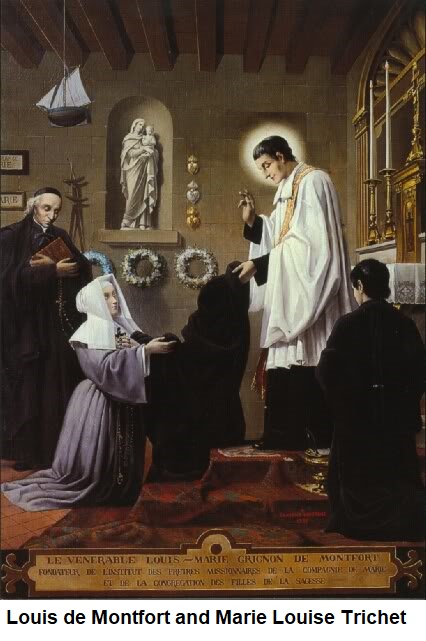Catholic Mariology is the systematic study of the person of Mary, the mother of Jesus, and of her place in the Economy of Salvation in Catholic theology. According to the doctrine of the Immaculate Conception taught by the Catholic Church, Mary was conceived and born without sin. Hence she is seen as having a singular dignity above the saints, receiving a higher level of veneration than all angelic spirits and blessed souls in heaven. Catholic Mariology thus studies not only her life but also the veneration of her in daily life, prayer, hymns, art, music, and architecture in modern and ancient Christianity throughout the ages.


The four Marian dogmas of Mother of God, Immaculate Conception, perpetual virginity, and Assumption form the basis of Mariology. However, several other Catholic doctrines about the Virgin Mary have been developed regarding sacred scripture, theological reasoning and church tradition. The development of Mariology is ongoing, and since its beginnings, it has continued to be shaped by theological analyses, writings of saints, and papal statements, e.g. while two of the dogmas are ancient, the other two were defined in the 19th and 20th centuries, and papal teachings on Mary have continued to appear in recent times.

In parallel to the traditional views, since the late 19th century, as Marian devotion became more pronounced in the Catholic Church, several other perspectives have been presented as a challenge to Catholic Mariology. Other Christian views see Catholic Mariology as unbiblical and a denial of the uniqueness of Christ as redeemer and mediator, and modern psychological interpretations see Mary as similar to mythical goddesses ranging from Diana to Guan Yin. Nonetheless, Christians in the Catholic Church, the Old Catholic Churches, the Eastern Orthodox Church, the Oriental Orthodox Church, the Assyrian Church of the East, the Ancient Church of the East, the Independent Sacramental Movement, Anglo-Catholicism, and other High church Protestants continue to revere Mary as the greatest saint.

Brother Eric is consecrated to Mary and is a member of these Confraternities:




Revd. Eric Michel’s Kindle Books on Consecration to Mary


Other Marianists

Montfort Brothers of St. Gabriel
The Montfort Brothers of St. Gabriel (SG), otherwise Gabrielite Brothers or Frères de Saint-Gabriel (FSG), is a religious institute. Its roots go back to Louis de Montfort, who opened a few schools for poor children in La Rochelle, France, in about 1711.

Company of Mary
The Missionaries of the Company of Mary is a missionary religious congregation within the Catholic Church. Saint Louis de Montfort founded the community in 1705 by recruiting his first missionary disciple, Mathurin Rangeard. The congregation is made up of priests and brothers who serve in native lands and in other countries. The Montfortian Family comprises the Company of Mary, the Daughters of Wisdom, and the Brothers of Saint Gabriel.


Daughters of Wisdom
The Daughters of Wisdom is a Catholic religious institute of women founded by Louis de Montfort and Marie Louise Trichet in 1703 to serve the needy.
Marie Louise Trichet, also known as Marie-Louise de Jésus (1684–1759), was a French Catholic figure who, with Louis de Montfort, founded the Congregation of religious women called Daughters of Wisdom and, since the age of seventeen, devoted her life to caring for the poor and the sick. She is also referred to as the First Daughter of Wisdom. Pope John Paul II beatified her.

